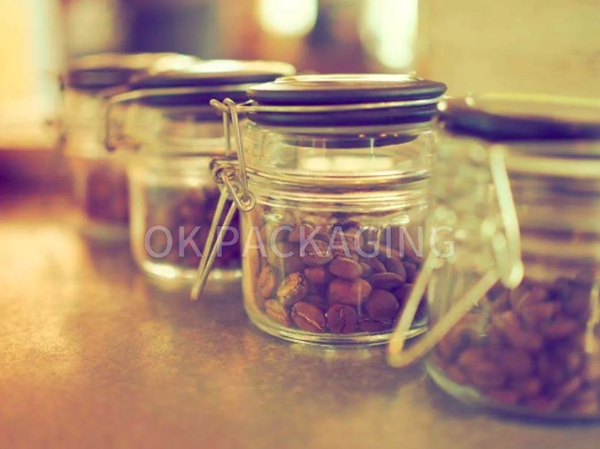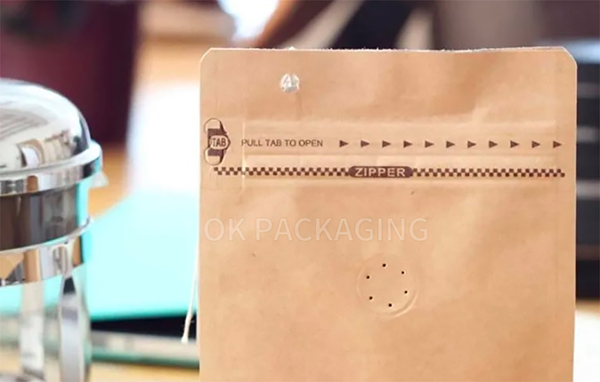Do you know? The coffee beans start to oxidize and decay as soon as they are baked! Within approximately 12 hours of roasting, oxidation will cause coffee beans to age and their flavor will decrease. Therefore, it is important to store ripe beans, and nitrogen filled and pressurized packaging is the most effective packaging method
Here are several options for storing ripe beans, and I have also provided individual advantages and disadvantages:
Unsealed packaging
Coffee beans are stored in unsealed packaging or other containers filled with air (such as covered barrels), and ripe beans will age quickly. Ideally, it is best to taste ripe beans packaged in this way within 2-3 days after baking
Air valve bag
The one-way valve bag is the standard packaging in the premium coffee industry. This type of packaging allows gas to escape to the outside of the bag while preventing fresh air from entering. Mature beans stored in this type of packaging can remain fresh for several weeks. After a few weeks, the most obvious change in the valve bag packaging of beans is the loss of carbon dioxide and aroma. The loss of carbon dioxide is particularly evident during the concentrated extraction process, Because this type of coffee will lose a lot of crema.
Vacuum sealed air valve bag
Vacuum sealing will significantly reduce the oxidation of cooked beans in the air valve bag, delaying the loss of flavor
Nitrogen filling valve bag
Filling the air valve bag with nitrogen can reduce the potential for oxidation to almost zero. Although the air valve bag can limit the oxidation of cooked beans, the loss of gas and air pressure inside the beans can still have a slight impact. Opening the nitrogen filled air valve bag containing cooked beans after several days or weeks of baking will result in a much faster aging rate than fresh cooked beans, as the cooked beans at this time have less internal air pressure to prevent oxygen from entering. For example, Coffee stored in a valve bag for a week still tastes fresh, but if the seal is left open for a whole day, its aging level will be equivalent to beans stored in unsealed packaging for the past week
Vacuum compression bag
Nowadays, only a few bean roasters still use vacuum compression bags. Although this type of packaging can reduce oxidation, the gas escaping from the beans can cause the packaging bags to expand, making storage and management inconvenient
Nitrogen filled and pressurized packaging
This is the most effective packaging method. Filling with nitrogen can prevent oxidation; Applying pressure to the packaging (usually the jar) can prevent gas from escaping from the beans. In addition, placing the coffee beans in this packaging in a low-temperature environment (the colder the better) can also delay the aging of ripe beans, allowing them to remain fresh after several months of baking
frozen pack
Although some people still hold doubts about this packaging method, frozen packaging is indeed very effective for long-term storage. Frozen packaging can reduce the oxidation rate by more than 90% and delay volatilization
In fact, you don’t have to worry about the internal moisture of fresh roasted beans really freezing, because this moisture will be linked to the fiber matrix inside the beans, so it cannot reach the freezing state. The best way to freeze coffee beans is to put 1 part (1 pot or 1 cup) of beans into a vacuum compression bag, and then freeze them. When you want to use them later, before opening the packaging and further grinding the beans, take out the packaging from the freezer and let it sit at room temperature.
Ok Packaging has been specializing in custom coffee bags for 20 years. If you want to learn more, please visit our website:
Coffee Pouches Manufacturers – China Coffee Pouches Factory & Suppliers (gdokpackaging.com)
Post time: Nov-28-2023



